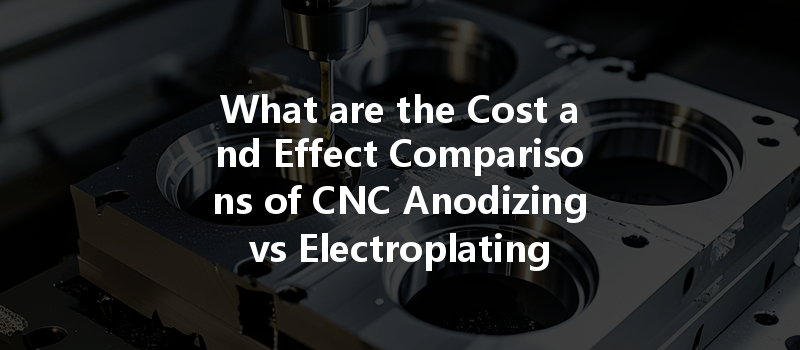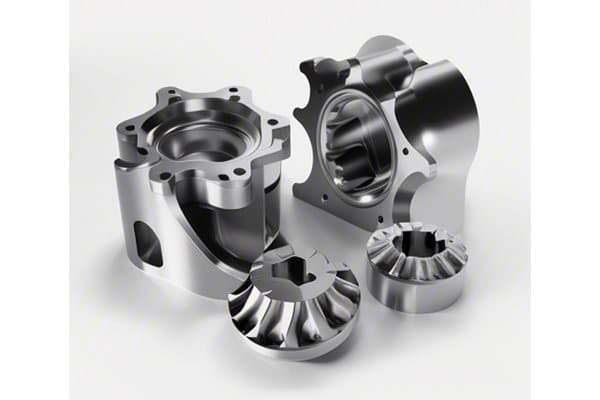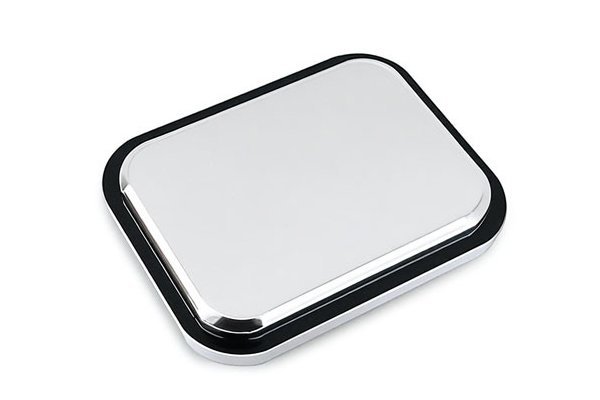Opening
Did you know that the global surface treatment market is projected to grow from $6.1 billion in 2020 to $9.2 billion by 2027? This impressive growth underscores the increasing significance of surface treatments like anodizing and electroplating in various industries. But do you know which method offers better durability, cost efficiency, and overall performance for your specific application? Understanding the differences between CNC anodizing and electroplating is essential for manufacturers aiming to enhance product quality while keeping costs in check.
to Surface Treatments
In the realm of CNC machining and manufacturing, surface treatments play a crucial role. These processes can provide critical benefits, such as corrosion resistance, improved wear properties, aesthetic finishes, and electrical conductivity. Among the numerous techniques available, CNC anodizing and electroplating are two widely employed methods, each with its advantages and disadvantages.
What is CNC Anodizing?
CNC anodizing is an electrochemical process that converts the surface of aluminum parts into a durable, oxide layer. This layer is not only much thicker than the natural oxide that forms on aluminum but also provides superior resistance to corrosion, wear, and scratches. The process involves immersing the workpiece in an electrolytic solution, where an electrical current is applied to facilitate oxidation.
What is Electroplating?
Electroplating, on the other hand, is a method where a metal coating is deposited onto a substrate (often metal) using an electrochemical process. In this process, the substrate is submerged in a solution containing charged metal ions. When an electric current is applied, these ions are reduced and adhere to the substrate, forming a thin metallic layer.
Key Comparisons: Cost, Effectiveness, and Applications
When deciding between CNC anodizing and electroplating, several factors should be considered, including cost, durability, surface finish, and application suitability.
CNC Anodizing Costs:
Electroplating Costs:
Durability is one of the most crucial factors determining the effectiveness of a surface treatment.
CNC Anodizing:
Electroplating:

CNC Anodizing:
Electroplating:
Comparing these methods in terms of environmental sustainability is increasingly relevant today.
CNC Anodizing:
Electroplating:
Industry Applications
CNC anodizing and electroplating serve different purposes and industries.
CNC Anodizing Applications:
Electroplating Applications:
In summary, both CNC anodizing and electroplating offer unique advantages and disadvantages that should be weighed carefully based on the specific requirements of your project. Anodizing provides enhanced durability, lower long-term costs, and is environmentally friendly, making it ideal for industries focused on sustainability and long-term performance. Conversely, electroplating excels in aesthetic applications, providing a beautiful finish at a higher upfront cost.
As manufacturers and engineers, making informed decisions about surface treatment methods can significantly impact product quality and lifecycle. Choosing the right technology ensures that your components meet functional requirements while also aligning with budgetary constraints. In today’s competitive market, understanding the nuances of CNC anodizing versus electroplating will not only enhance your product outcomes but solidify your position as a leader in innovation and quality.
Reflect on these insights as you plan your next CNC machining project, and consider the impact that your chosen surface treatment will have on your product’s performance, longevity, and overall market success.






